This article originally appeared in the CIA (e)Bulletin.
In the most recent Seeing Beyond Risk podcast, Chris Fievoli, Staff Actuary, Communications and Public Affairs, sat down with John Dark to reflect on his term as President, and what’s in store for President-Elect Marc Tardif. Tune in to the podcast, or read the transcription below.
Chris: What we wanted to do was take a look back at your year as President, and talk about some of the major initiatives you were involved in. Let’s start with some of the issues that the Board dealt with during your presidency.
John: Well, one of the things I had said last year in my opening remarks at the Annual Meeting was that I didn’t have a major theme to change things or come up with the new structure because we had been doing so many things that it was a year that basically we needed to finish things, and some of the things that we’d started just had to be brought to fruition.
On the back-room side, we were doing some work in the Head Office on our customer relationship management [CRM] system, and that’s proceeding very satisfactorily. Members won’t see that immediately, but it’s laying the foundation.
The other big thing we had said we wanted to do was our statement of public position. We had, perhaps, somewhat ambitious goals to issue two of those. We were not able to get two out, but we certainly did get the one on the retirement age out and it received some pretty excellent publicity. We’ve had requests for meetings with three government departments. And so, the climate change one, which we anticipate will come in July [for member consultation], should be equally successful. So that was one of the major things that we were doing.
Chris: One of the major changes discussed this year was the revised governance structure. We introduced some changes to the composition of the Board, and the creation of two new councils. How did the implementation and transition work out from your perspective?
John: I think it worked extremely well. We had a little bit of a hiccup over retiree fees, but we basically got the implementation from the set of bylaw changes that we passed at the June 2018 Board meeting. We got all of that stuff structured, we got the new councils up and running, everything got staffed, and things started to happen quite well. We then launched into the second set of changes, which of course are going to be voted on on June 14, and I think we’ve got a reasonable structure there. So, from my perspective, it’s full speed ahead.
Chris: The CIA was really involved internationally through organizations like the International Actuarial Association [IAA], the North American Actuarial Council, and of course, you represent the CIA at these meetings. What were some of the interesting experiences you had working with our partners from other countries?
John: Well, the International Actuarial Association is somewhat in flux at the moment. There is some concern that it isn’t as efficient as it should be, and so there’s an effort being made to restructure that.
Of course, the big elephant in the room in the international world these days is IFRS 17, which, here in Canada, we at the CIA have been extremely active in, but we have only been able to do that because we have been pretty heavily involved up to this point with the IAA in helping to develop the actuarial answer to that standard.
So, one of the things that really struck home to me attending those meetings is the breadth of the participation that the CIA has and the number of people who are on various committees and take part. Canada punches considerably above its weight in that. And of course, we sincerely believe that the right answer is for the IAA to be a very strong international organization that can help establish education and other standards for actuarial associations around the world.
And I was struck when I was at the meeting in Chicago early in the year by the three representatives from Nigeria who received, at the council meeting, the approval to be a full member association. And the look of joy, sheer joy, on their faces, and the fact that they had finally been recognized told me just how significant this organization is. And I continually remember that, because it makes me understand why the CIA supports the IAA.
The North American Actuarial Council is probably something that most people don’t know about but there are actually nine actuarial organizations in North America. One in Canada, five in the United States, and three in Mexico. Twice a year these organizations get together and they share. We typically have a program where we share matters of interest and we also talk about how the profession is emerging in our areas.
We had a bit of a surprise in the San Diego meeting in the fall when the Society and the Casualty Actuarial Association announced their intention to merge. As it turned out, that merger didn’t proceed, but it was certainly an interesting event for us to be there when they first announced it. We felt that was a good thing, and we did everything we could to support it; however, it didn’t come to pass.
Chris: Is there one accomplishment during your term that you were particularly pleased with?
John: Probably the best thing was getting that retirement paper out. That puts the CIA in the public eye. Really, that was our objective, and I think it sort of happened for the first time. So, I’m quite proud of that. And the work, I have to say, I didn’t do the work, but I certainly saw all the work that our various members did and it was just a wonderful job.
Chris: Did anything surprise you about being President?
John: I think probably the thing that surprised me most, and I knew it was there, but just the sheer number of volunteers, because I’ve been going to council meetings and taking part in various task force meetings and all that sort of stuff. I’ve met an awful lot more of the members and I’ve seen the things that people do and I’ve seen the quality of work and the effort that people put in, and it continues to blow me away. And I know that we say that we’re a volunteer organization, but until you actually sit at the top and you see all the things that happen because of the work of volunteers – not to take anything away from the work that the staff does to support them – but the volunteers drive the heart of this organization, and they are really what make it successful. And I have to say I probably learned more about that than anything else.
Chris: Is there anything you didn’t get to do that Marc is going to have to look after during his term?
John: Oh, I would never admit to that! No, I’m handing Marc over [laughs] a smooth-running organization that he can just – he can probably put his feet up on the desk and relax. Of course, that’s not really true. There is more governance stuff. Some of the CRM stuff is on going. We do have the climate change public statement coming up. So, I think there’s definitely a lot going on. All the councils and so on, we are launching our work on the strategic plan, and Marc will be leading that discussion through the fall, leading up to having our new four-year strategic plan.





